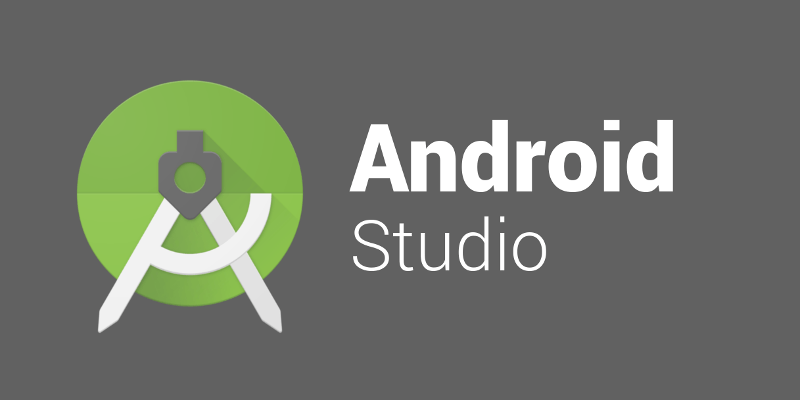
Despite being a feature added in Java 9, ART allows private interface members since API 24! If you add a main method which calls hey() and push this to a device it will actually work. We can see that the getHey() method’s access flags still contain both PRIVATE and STATIC. $ $ANDROID_HOME/build-tools/28.0.2/dexdump -d xĬlass descriptor : 'LJava9PrivateInterface 'Īccess flags : 0x0600 (INTERFACE ABSTRACT)Ġ0047c: | Java9PrivateInterface.getHey:()Ljava/lang/String Ġ0048c: 1a00 2c00 |0000: const-string v0, "hey" As such, this release allows you to omit declaring a new variable if you already have an effectively-final reference.

But if you already have a Closeable, defining a new variable is redundant. Prior to this release the try-with-resources construct required that you define a local variable (such as try (Closeable bar = foo.bar())). Instead, this release focused on cleaning up some of the sharp edges on existing features.

None of them are major like lambdas were. The last release on the 2 - 3 year schedule, Java 9 contains a few new language features. But is it actually the case that we’re stuck with those of Java 8? Let’s take a look at the Java releases beyond 8 and see how the Android toolchain fares. With Java releases happening more frequently, Android’s yearly release schedule and delayed uptake of newer language features and APIs feels more painful. I was hoping for that reaction because I mostly wrote that post so that I could set up this one. The rest of the Java ecosystem is starting to move to Java 11 (being the first long-term supported release after 8) after having toyed with Java 9 and 10. There’s a future promise for the APIs which is essential for the health of the ecosystem.Ī lot of the reaction to the previous post echoed that Java 8 is quite old. We’re not quite there with the APIs yet, sadly, but D8 has us covered with the language features. Having support for the language features and APIs of Java 8 is table stakes at this point. The first post in this series explored Android’s Java 8 support. For an intro to D8 read “Android’s Java 8 support”.

Note: This post is part of a series on D8 and R8, Android’s new dexer and optimizer, respectively.


 0 kommentar(er)
0 kommentar(er)
